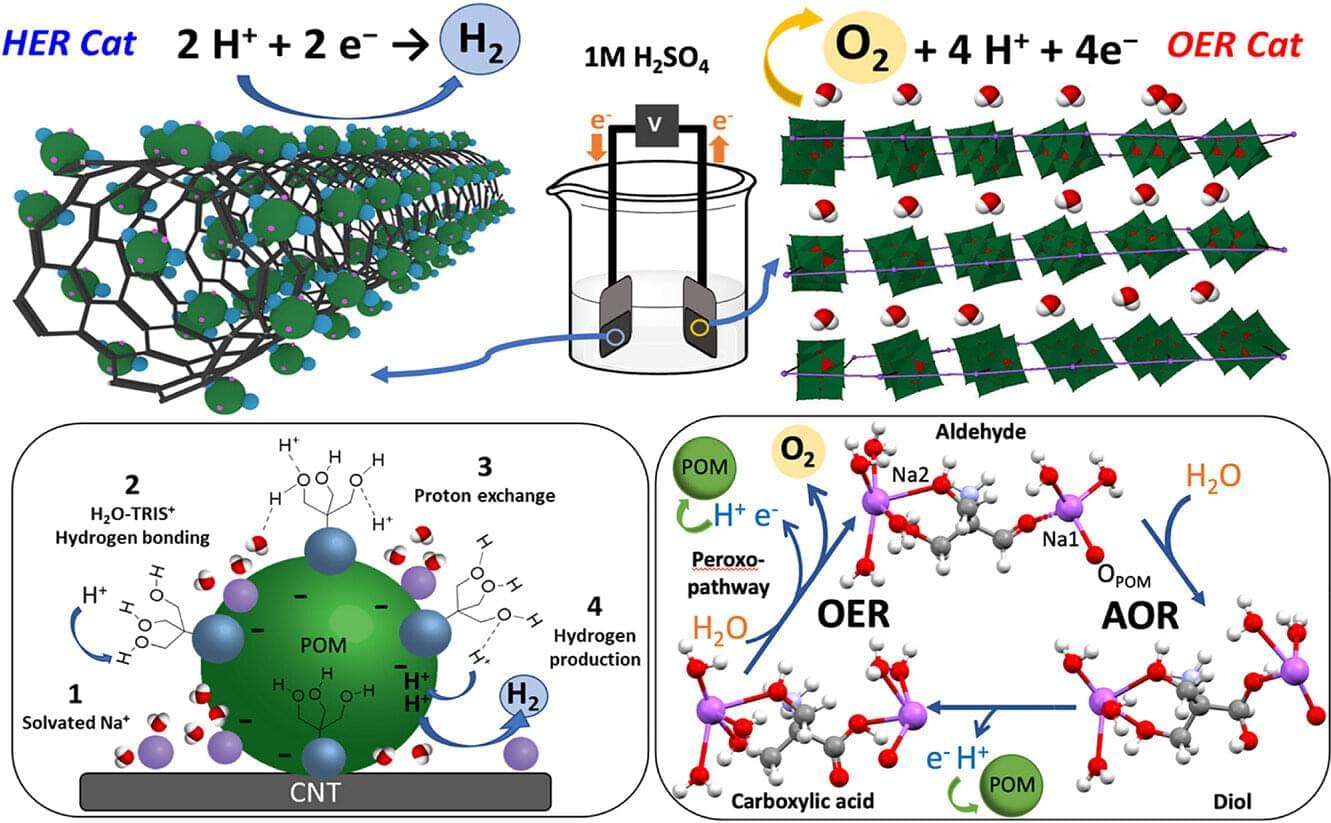More than a billion years ago, in a shallow basin across what is now northern Ontario, a subtropical lake much like modern-day Death Valley evaporated under the sun’s gentle heat, leaving behind crystals of halite—rock salt.
It was a very different world than the one we know today. Bacteria were the dominant form of life. Red algae had only just appeared on the evolutionary scene. Complex multicellular life like animals and plants wouldn’t show up for another 800 million years.
As the water evaporated into brine, some of it became trapped in tiny pockets within the crystals, effectively frozen in time. Those trapped fluid inclusions contained air bubbles revealing, in fine detail, the composition of early Earth’s atmosphere. The crystals were buried in sediment, effectively sealed off from the rest of the world for 1.4 billion years, their secrets unknown.








